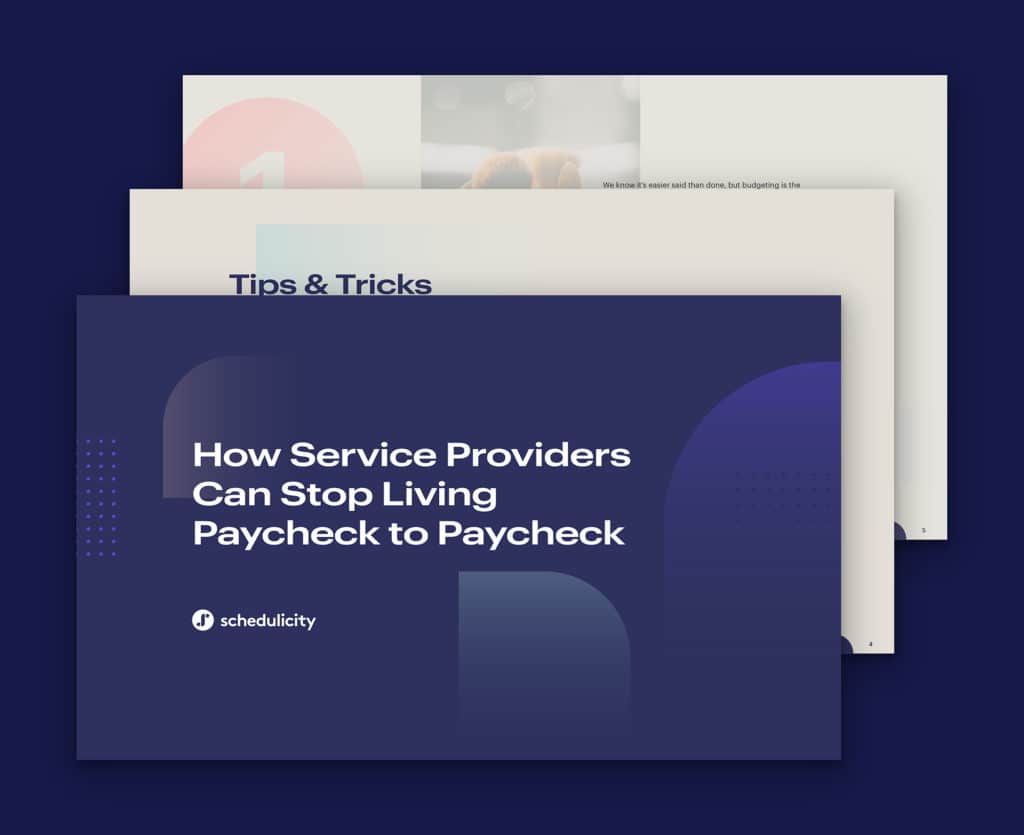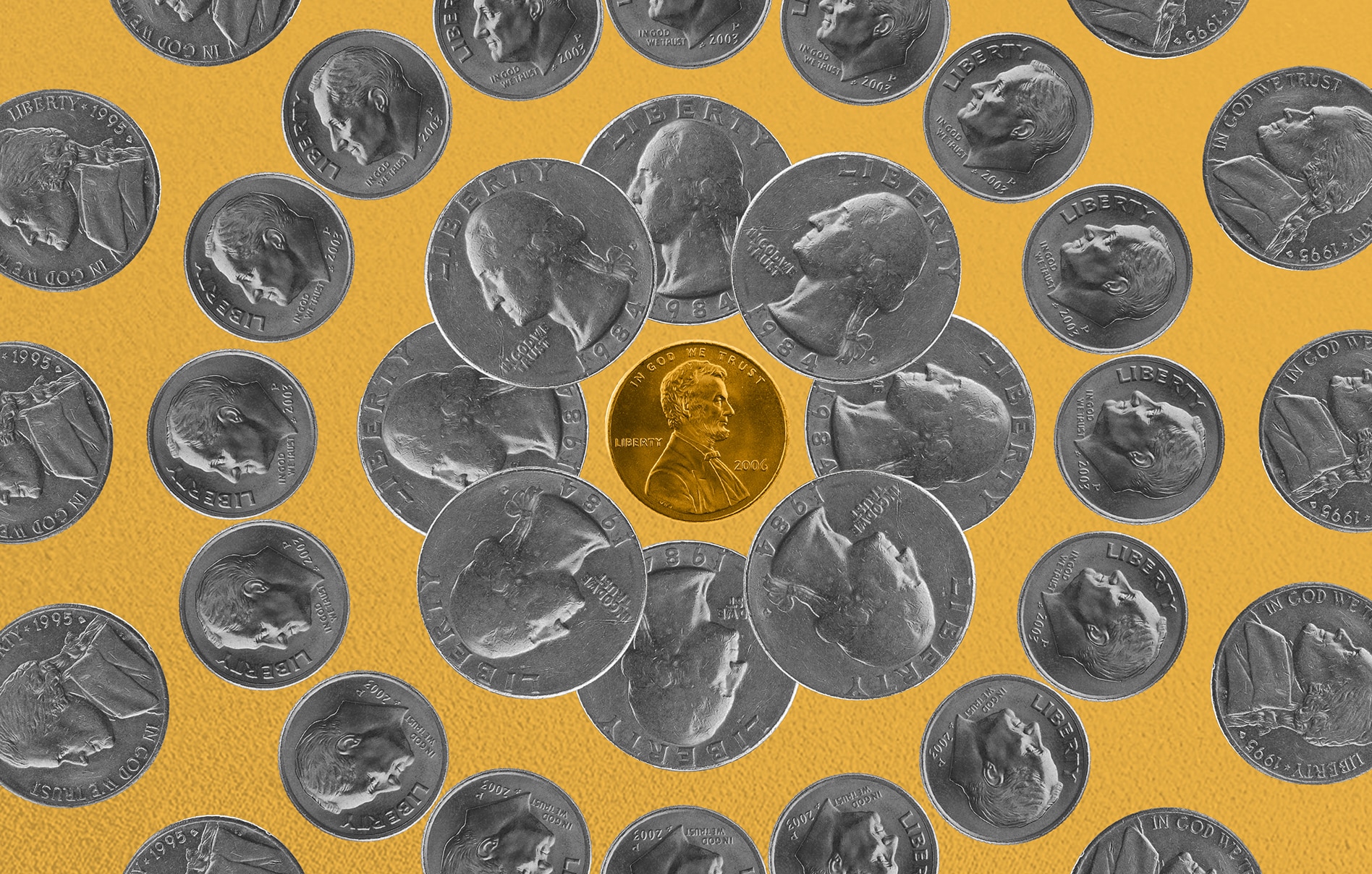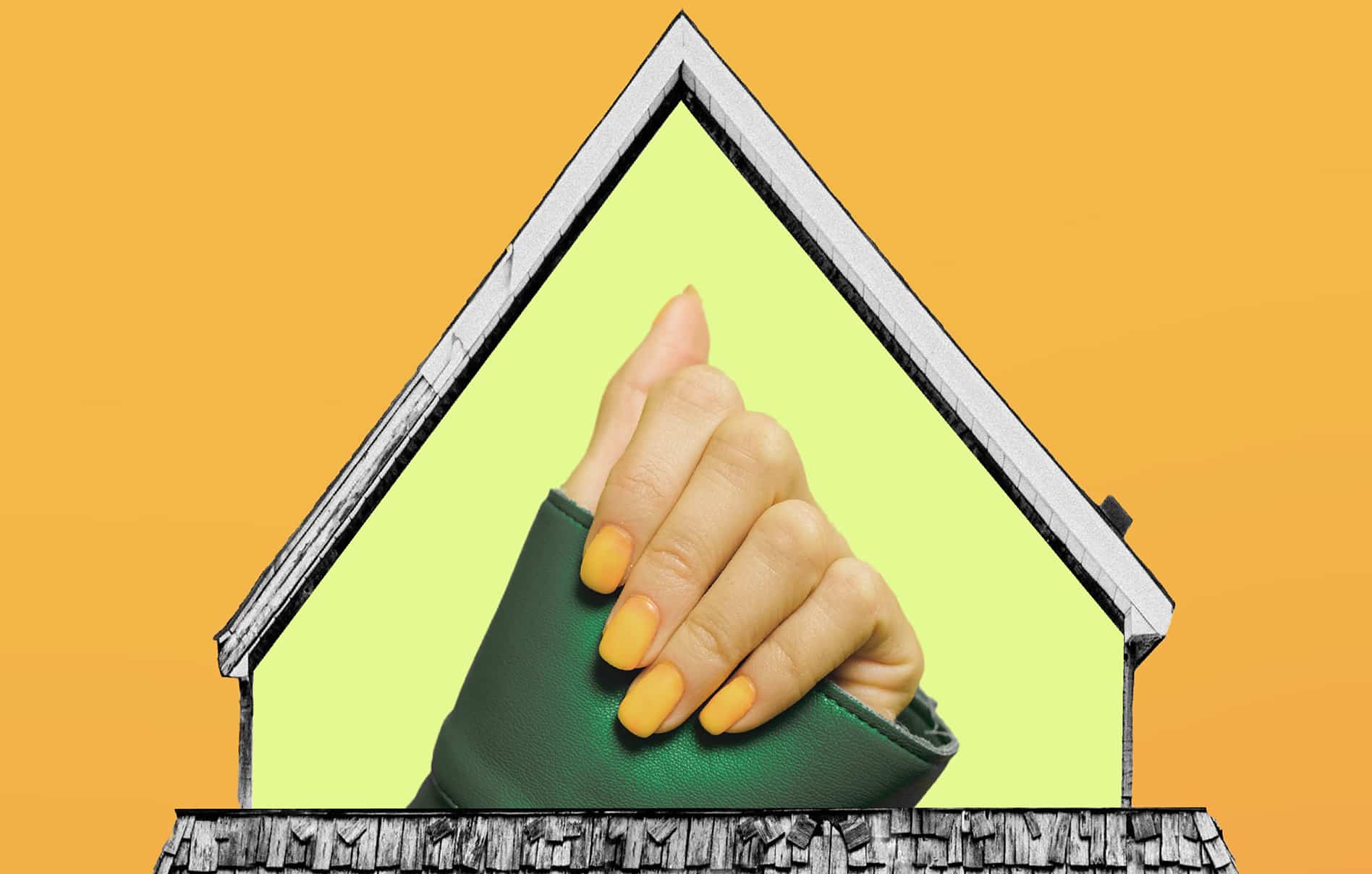This is the question that seems to constantly appear in my DMs:
How much should I pay myself?
There are several ways that you can go about this. When we start talking about paying yourself from your own LLC, here’s what to consider:
- [Free Calculator] How to Pay Yourself as a Small Business Owner
- Alternative Ways to Pay Yourself as a Small Business Owner
- How to Deposit Payments as a Small Business Owner
- How Do You Handle Taxes as a Small Business Owner?
Read on for my thoughts or watch it in video form right here. 👇
[Free Calculator] How to Pay Yourself as a Small Business Owner
We’re talking about the owner access. Owner access is how much you can pay yourself after considering business costs, tax savings, and minimum debt payments.
Use this handy free calculator to see how much you can pay yourself, or follow this calculation in order:
Monthly Net Income
- Determine your gross income, which is all the revenue that comes into your business that month.
- Add up the cost of goods sold + business expenses.
This gives you your monthly net income.
For example: $10,000 (gross income) – $1,000 (cost of goods sold) – $2,500 (business expenses) = $6,500.
$6,500 is your monthly net income.
💡 Pro Tip: Business expenses fall into two categories: fixed and variable expenses. Fixed business expenses are things like insurance, rent, business subscriptions (like Schedulicity), and loan interest.
Variable business expenses include fluctuating costs, like shipping costs for products, gas to and from your place of work, and advertising or marketing fees.
Tax Savings
The percentage of your net income that you set aside to paying for taxes is your tax savings.
Multiply the monthly net income by the percentage of tax savings in decimal form. ⬇️
Continuing our example from above: $6,500 (net income) x .30 (% of tax savings) = $1,950.
$6,500 – $1,950 = $4,550.
$4,550 is the owner access. (The “owner access” is how much you can pay yourself – but you won’t deposit this entire amount.)
Debt Payments
You have to consider debt. Add up the minimum payment due for any personal or business loans.
Continuing our example from above: $4,500 (owner access) – $950 (total minimum monthly payment due) = $3,600.
$3,600 is now the owner access.
Savings
Right now, you can pay yourself a full $3,600 for the month. However, it’s a smart financial move to save for an emergency fund.
(You can also save for big-ticket items, like new salon chairs or a new card reader.)
The best way to determine a savings plan is to:
- Identify your savings goal: How much do you want to save? Or how much does the item cost in total?
- Divide the total by how many months you want to save for it. (This essentially gives you control over your own payment plan.)
- Save that much per month until you reach your goal.
For example, if you save $100 per month for an emergency fund, you subtract that from the owner access.
$3,600 (owner access) – $100 (savings) = $3,500.
This means you can pay yourself $3,500 this month.
Alternative Ways to Pay Yourself as a Small Business Owner
There are two alternative ways you can pay yourself as a small business owner if your business is consistently profitable:
Percentage-Based
You can pay yourself based on a percentage of your revenue.
This percentage should make you feel comfortable, and it should be a percentage that your business can afford: 5-15% is usually average.
Flat Rate
Alternatively, you could pay yourself a flat rate — $200-$500 a week is normal for profitable small business owners.
💡 Remember: These are good alternative ways to pay yourself if you have a consistently booked schedule and relatively the same revenue month-over-month.
You should still track your finances with a monthly profit and loss report and adhere to a budget.
How to Deposit Payments as a Small Business Owner
Paying yourself is a weird concept, but get comfortable with your finances – and how to transfer them.
Should you actually write yourself a check?!
The short answer is: No, you don’t have to write yourself a check.
If your business affords you the ability to pay yourself, find a system that gets you on a consistent schedule of doing so:
Set up automated transfers from your business account to your personal account.
Direct deposit is the faster way to get your money and the easiest way to track it. (And don’t you dare use Venmo for payments.)

What Kind of Money-Maker Are You?
Let’s talk money, honey! Spend it, save it, hustle for it.
Take the QuizHow Do You Handle Taxes as a Small Business Owner?
Saving enough for taxes is the biggest challenge that small business owners face – because people forget about them until Tax Day.
By then, it’s too late. If your business made a profit, you’re probably stuck with a hefty bill from the IRS every April.
You’ll file a 1099 as a small business owner or independent contractor.
The best advice I have for handling your taxes are to focus on these four areas:
- Report all your income
- Report all your business expenses
- File your tax return on time
- Make quarterly estimated payments (if you’re predicted to owe over $1,000 at tax time)
💡 Pro Tip: For more expert tax advice, check out Schedulicity’s chat with a hair stylist-turned-tax pro, Bryanna Barrow: Free Tax Advice for Hair Stylists & Salon Owners.

Stop Living Paycheck to Paycheck
The first industry-specific guide to financial freedom is finally here.
Get the Guide






